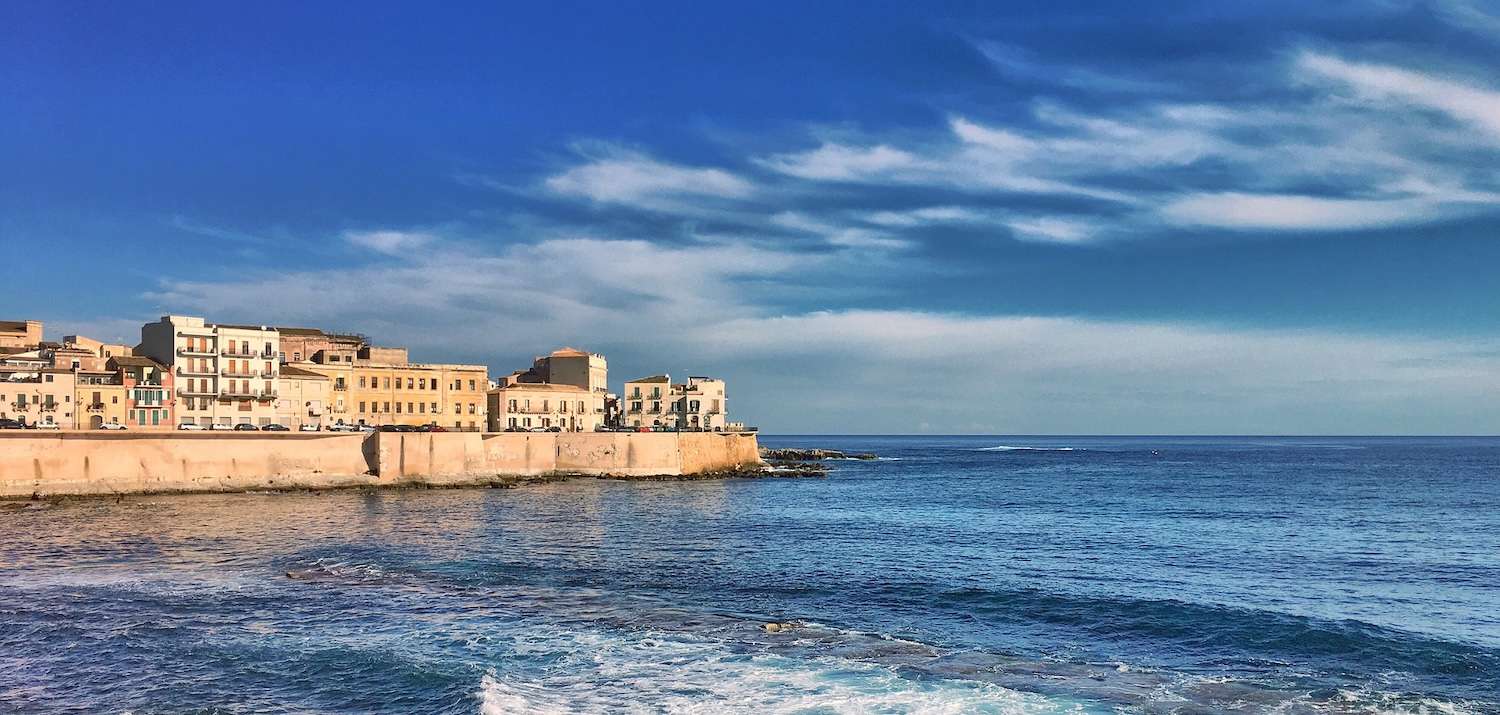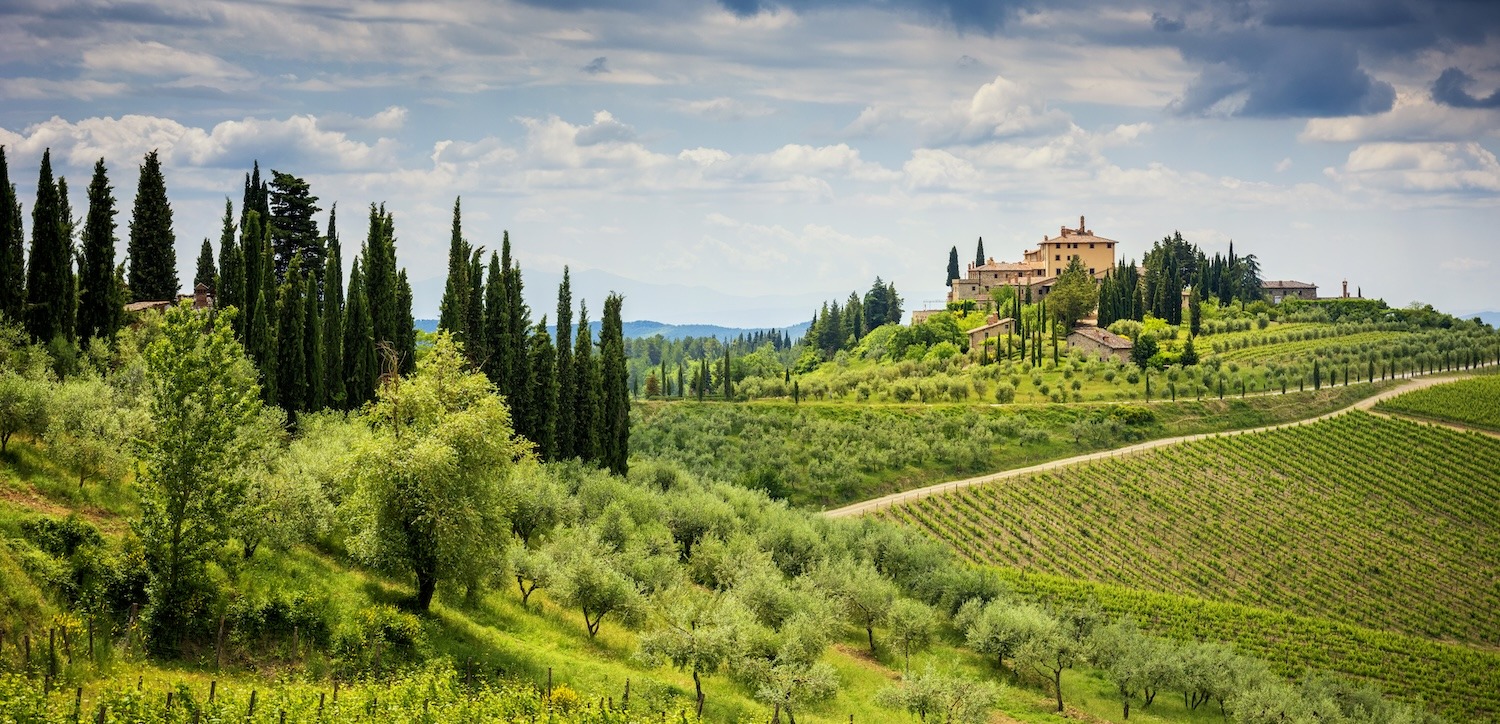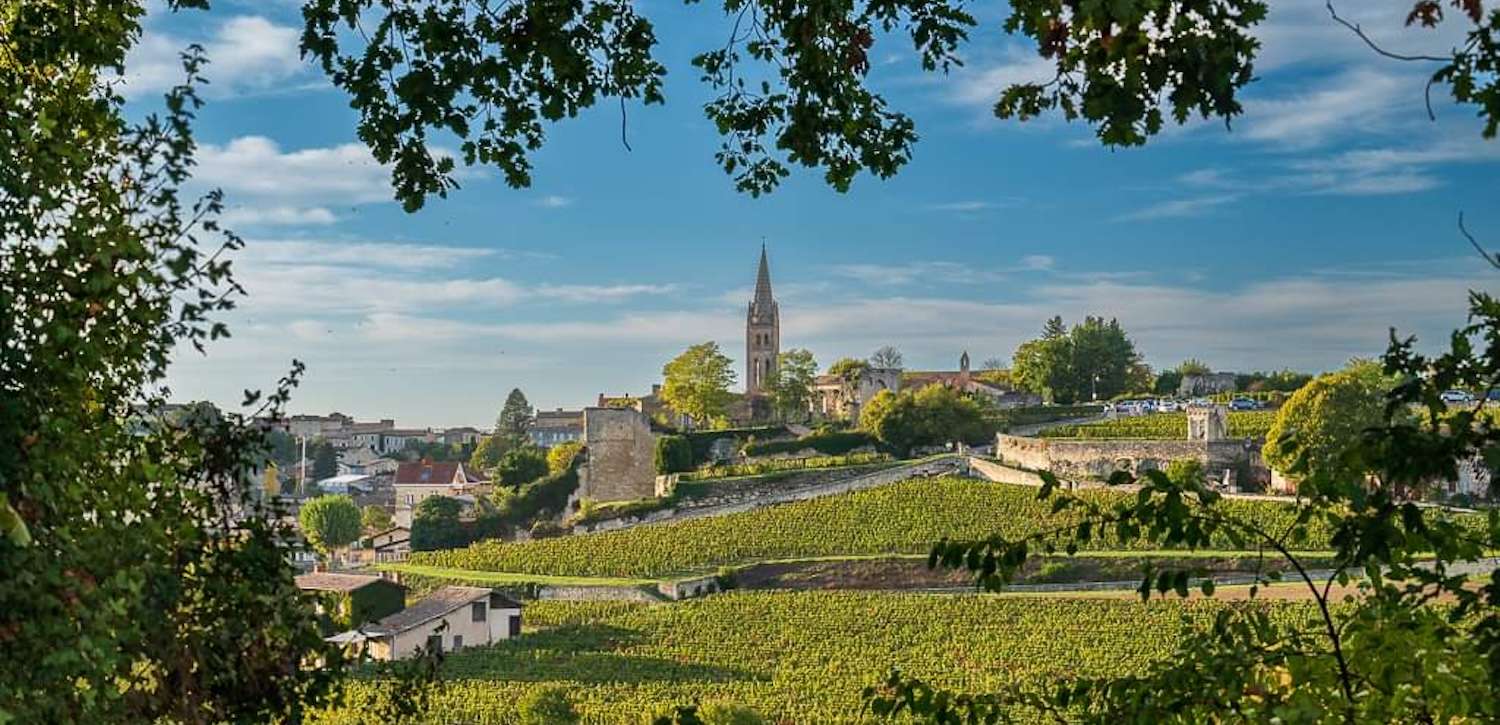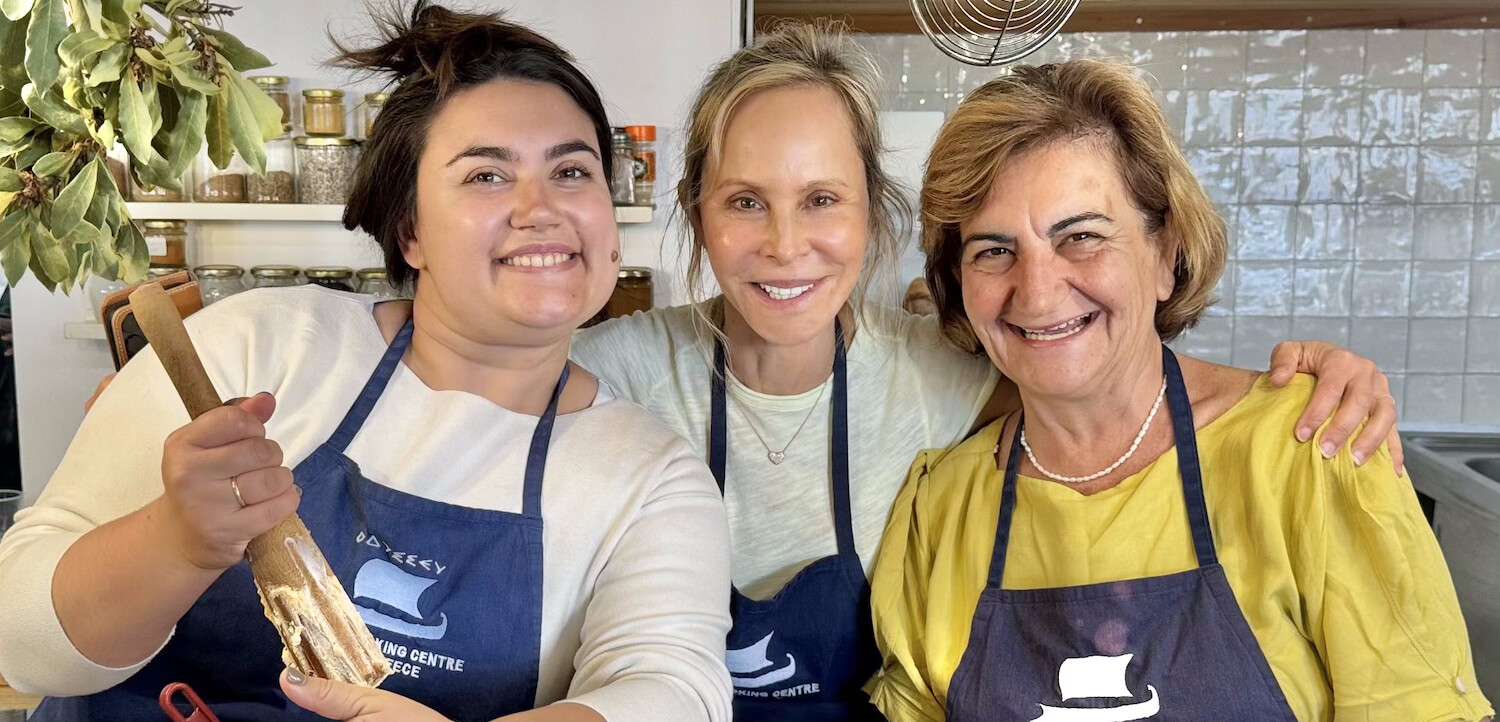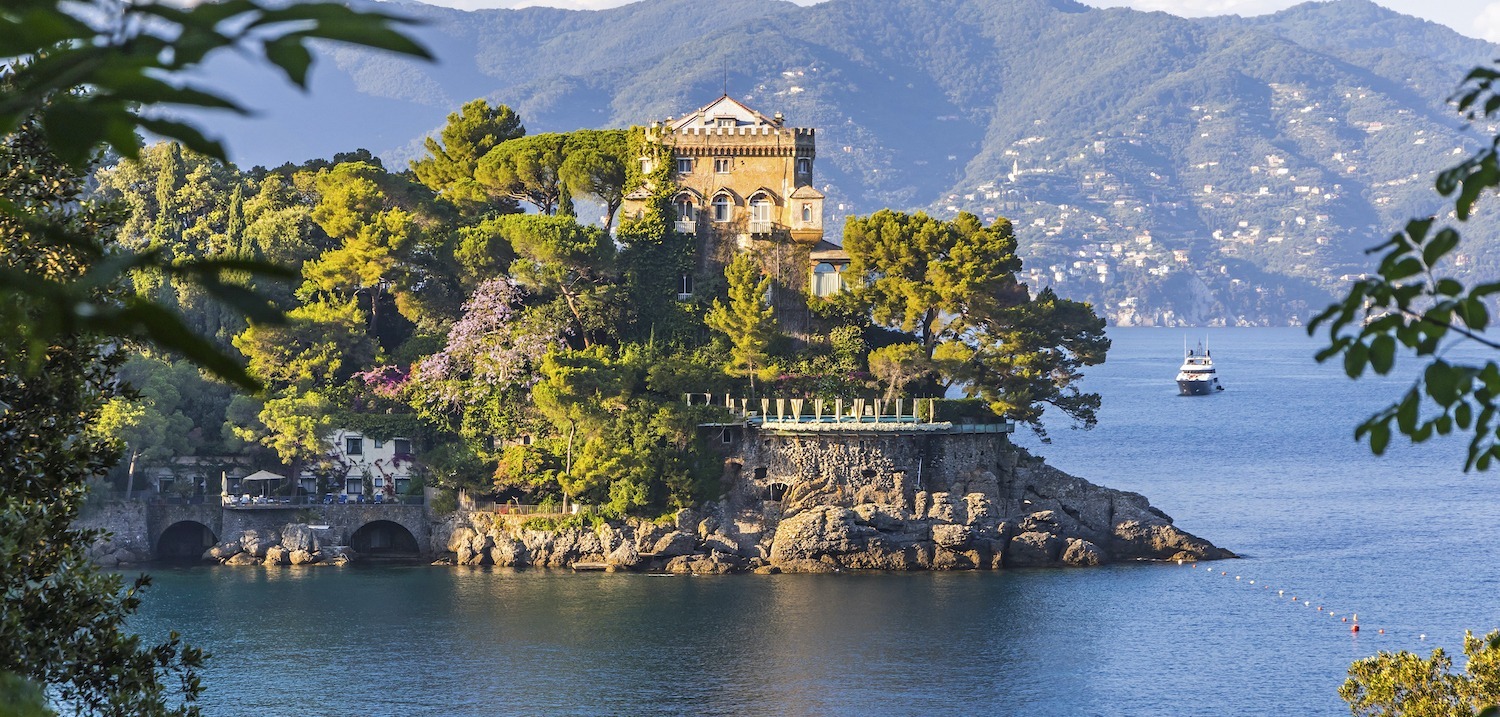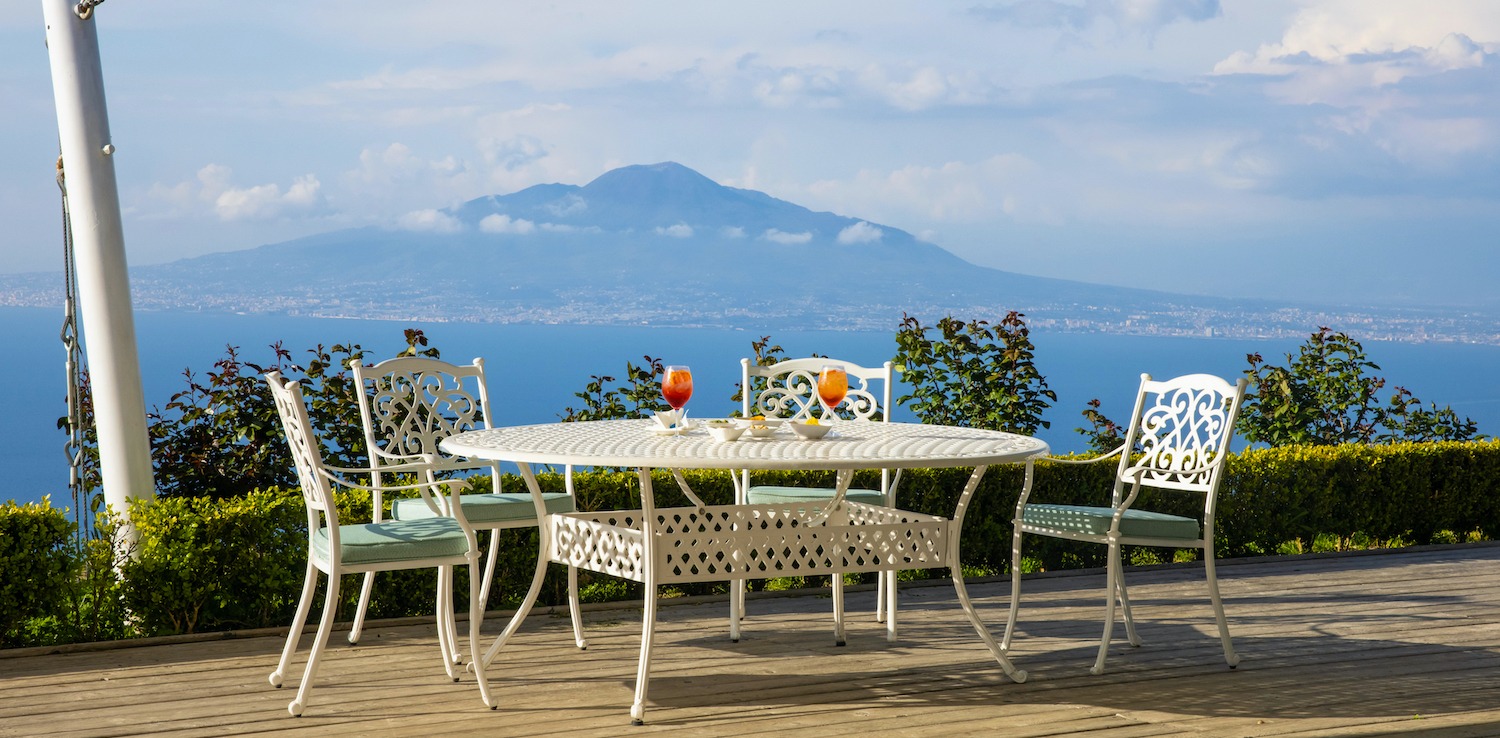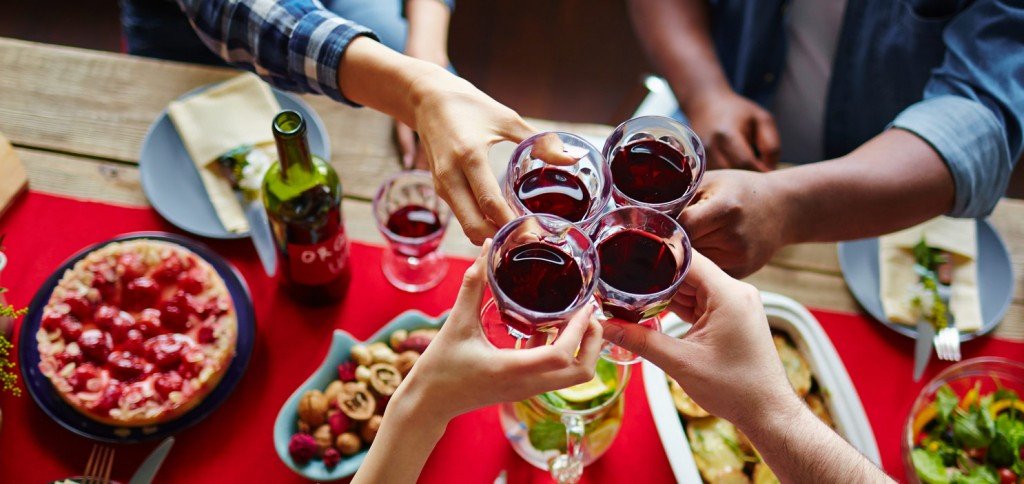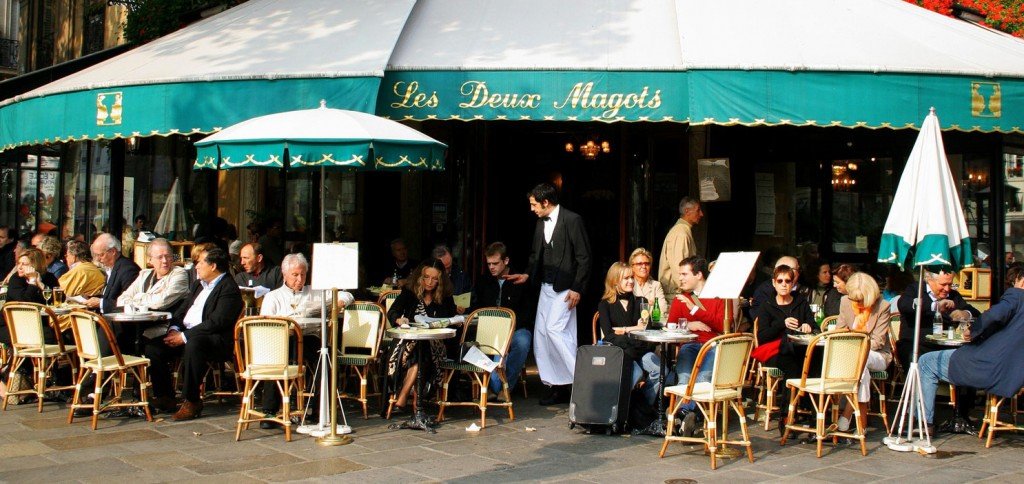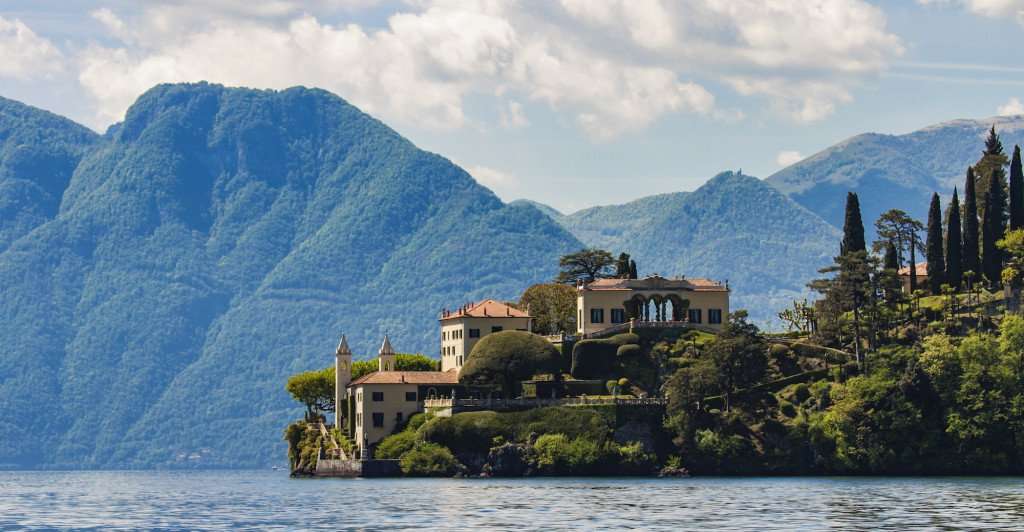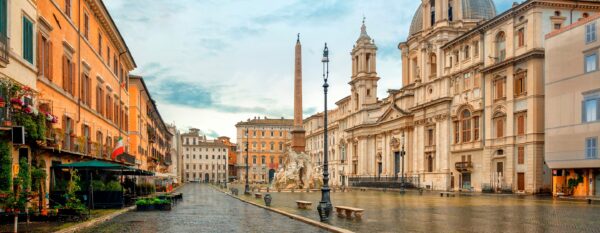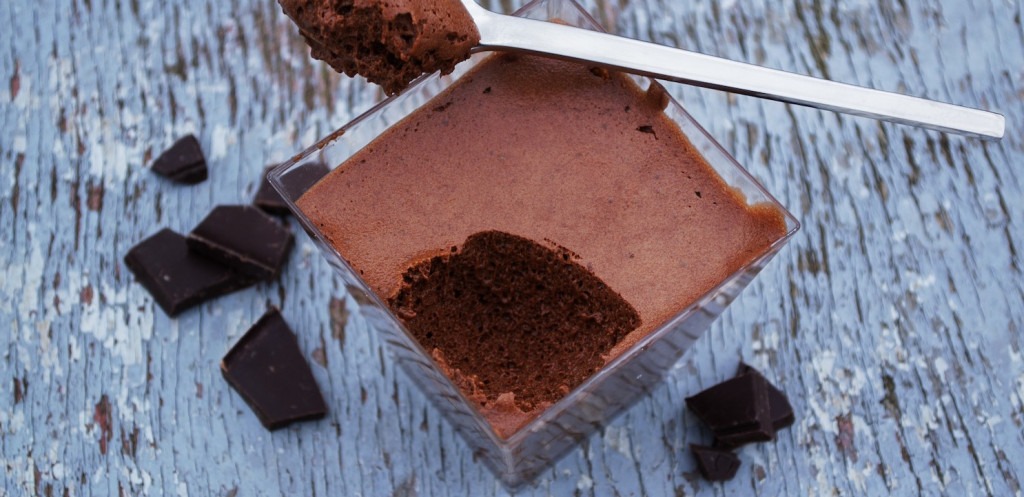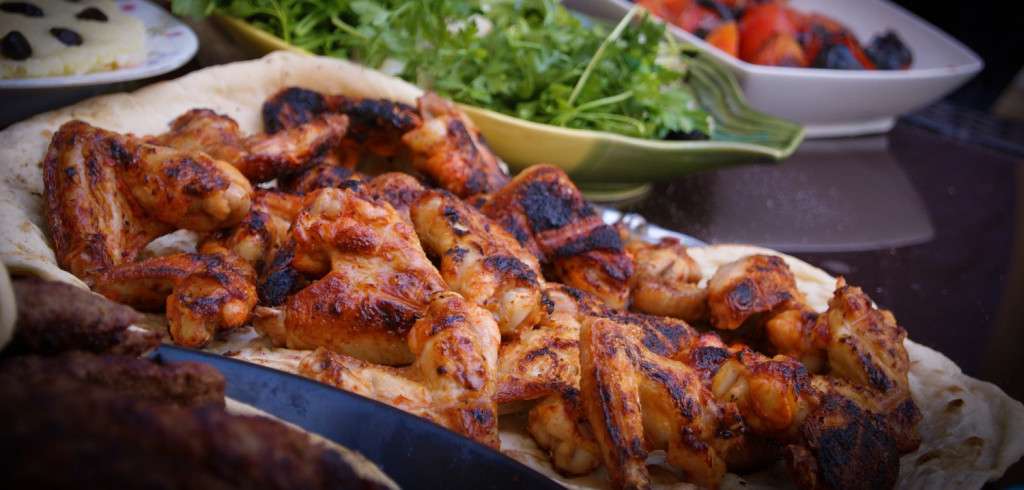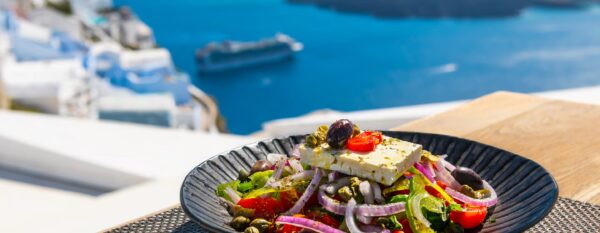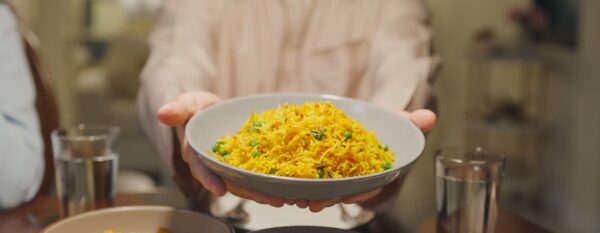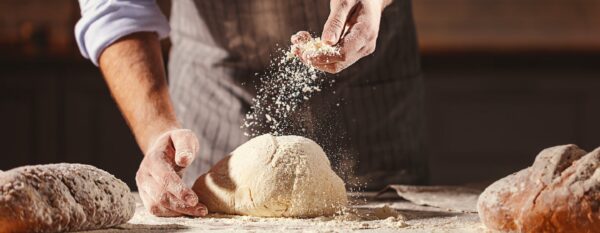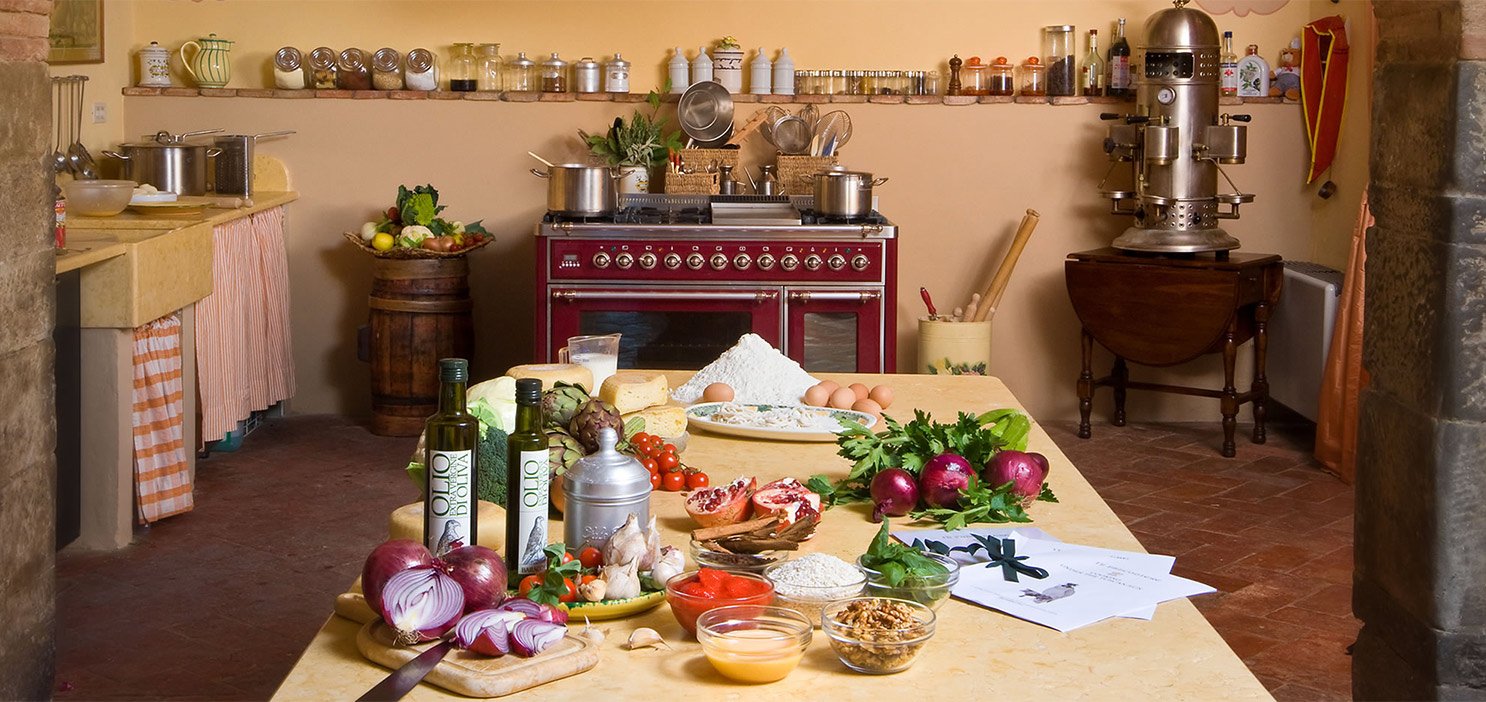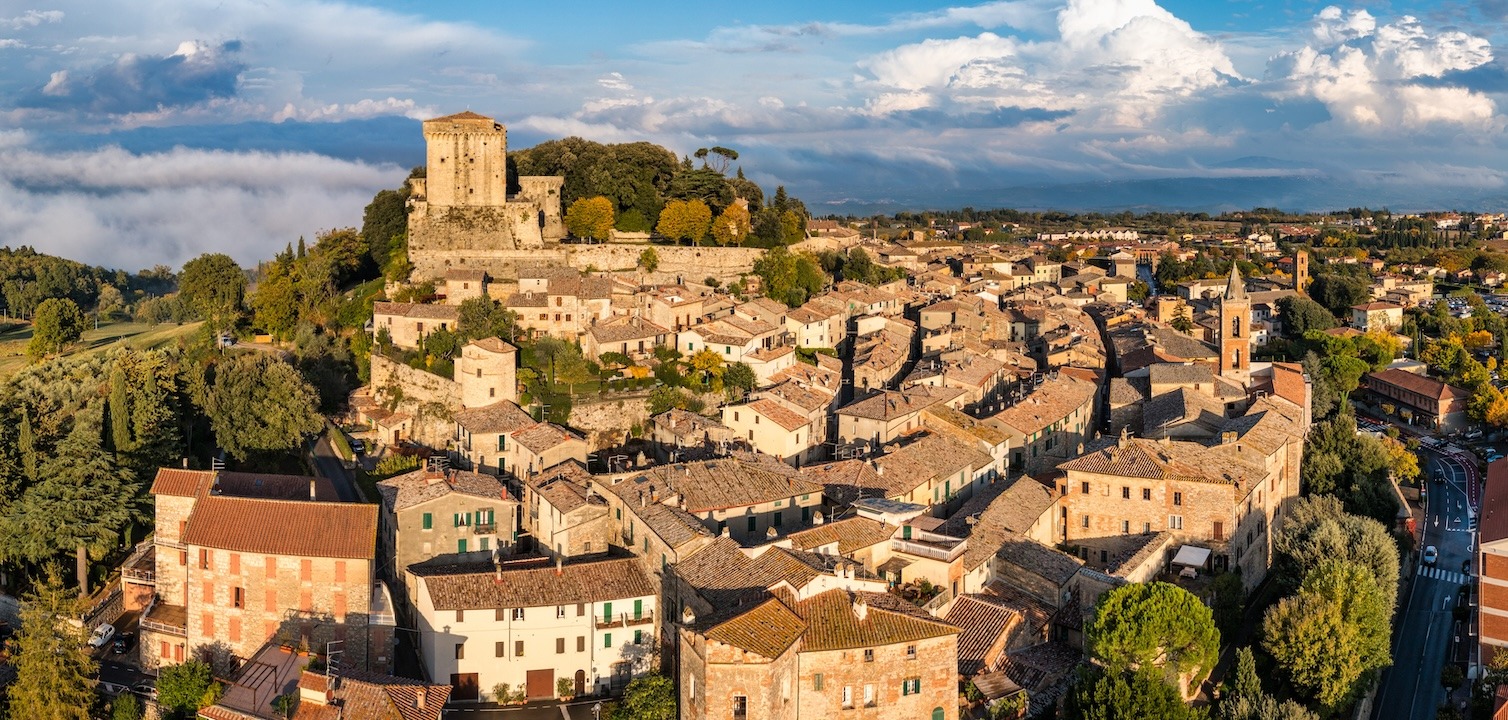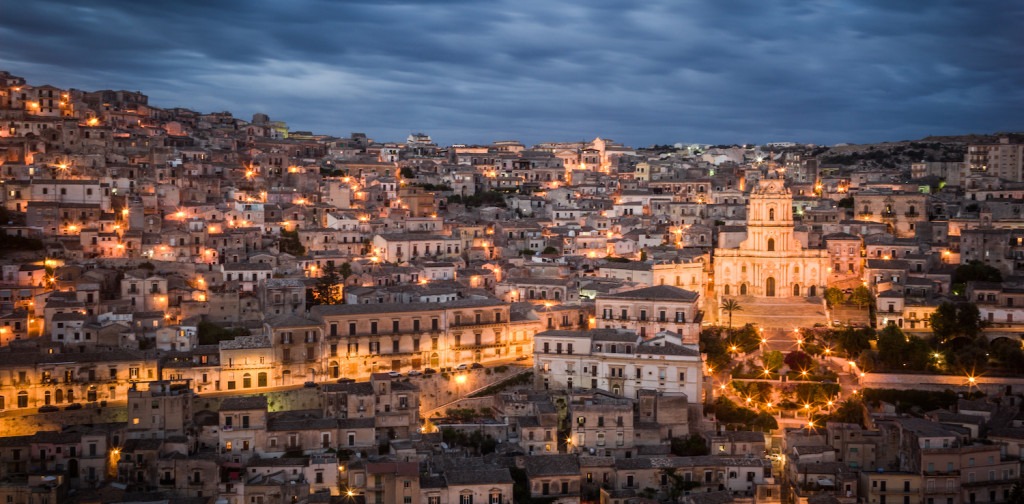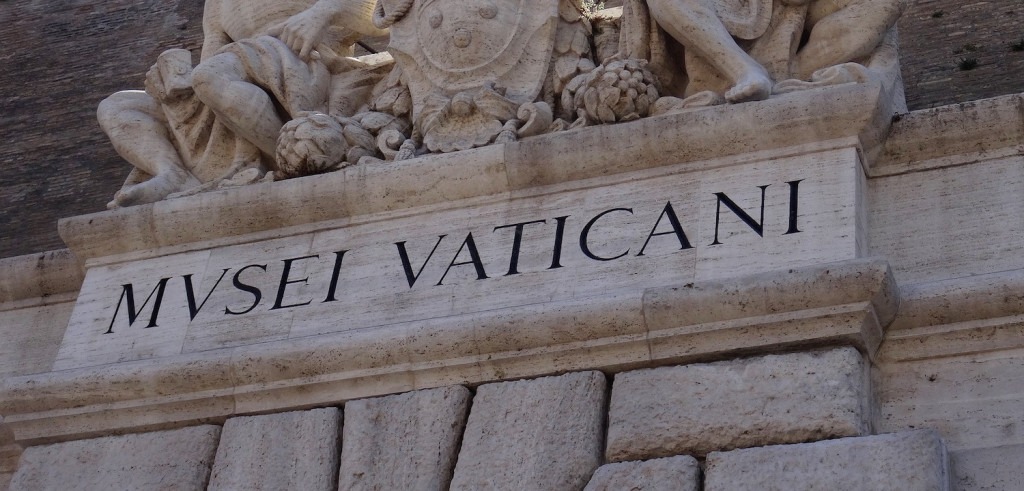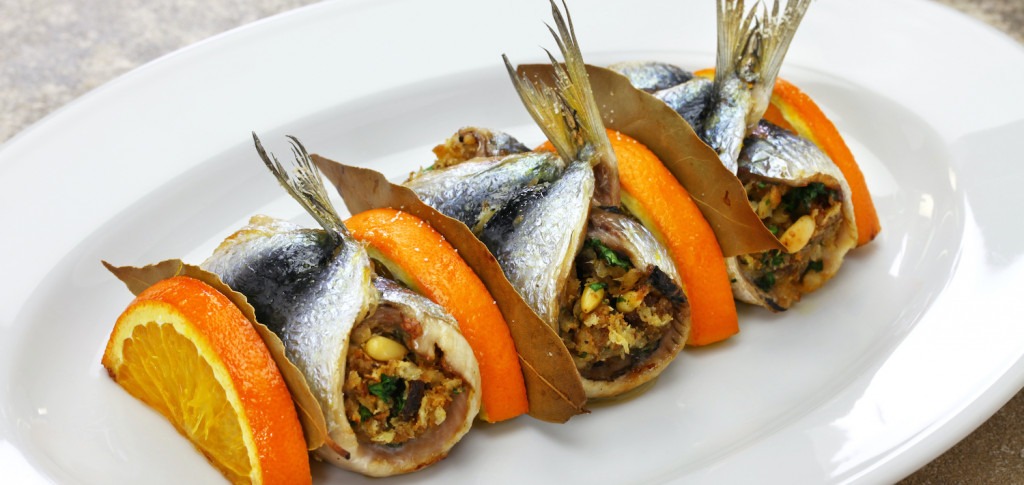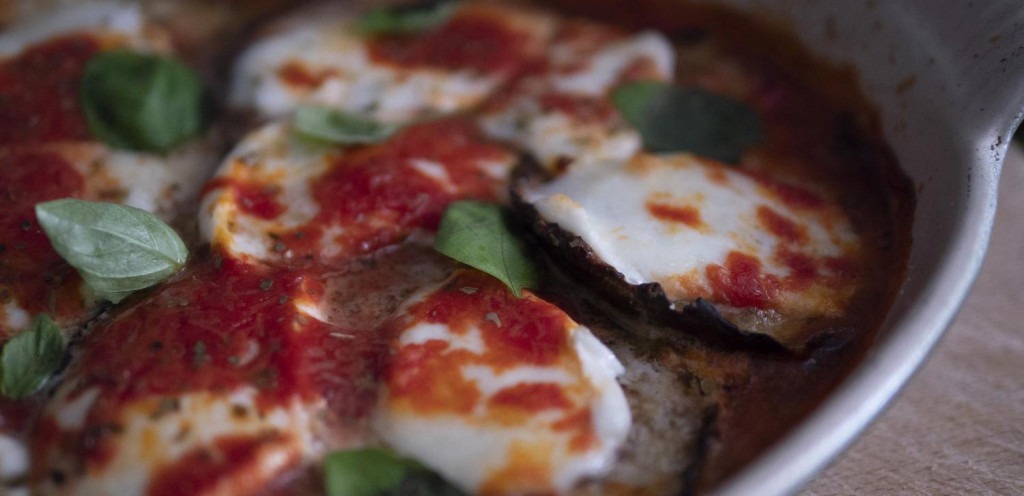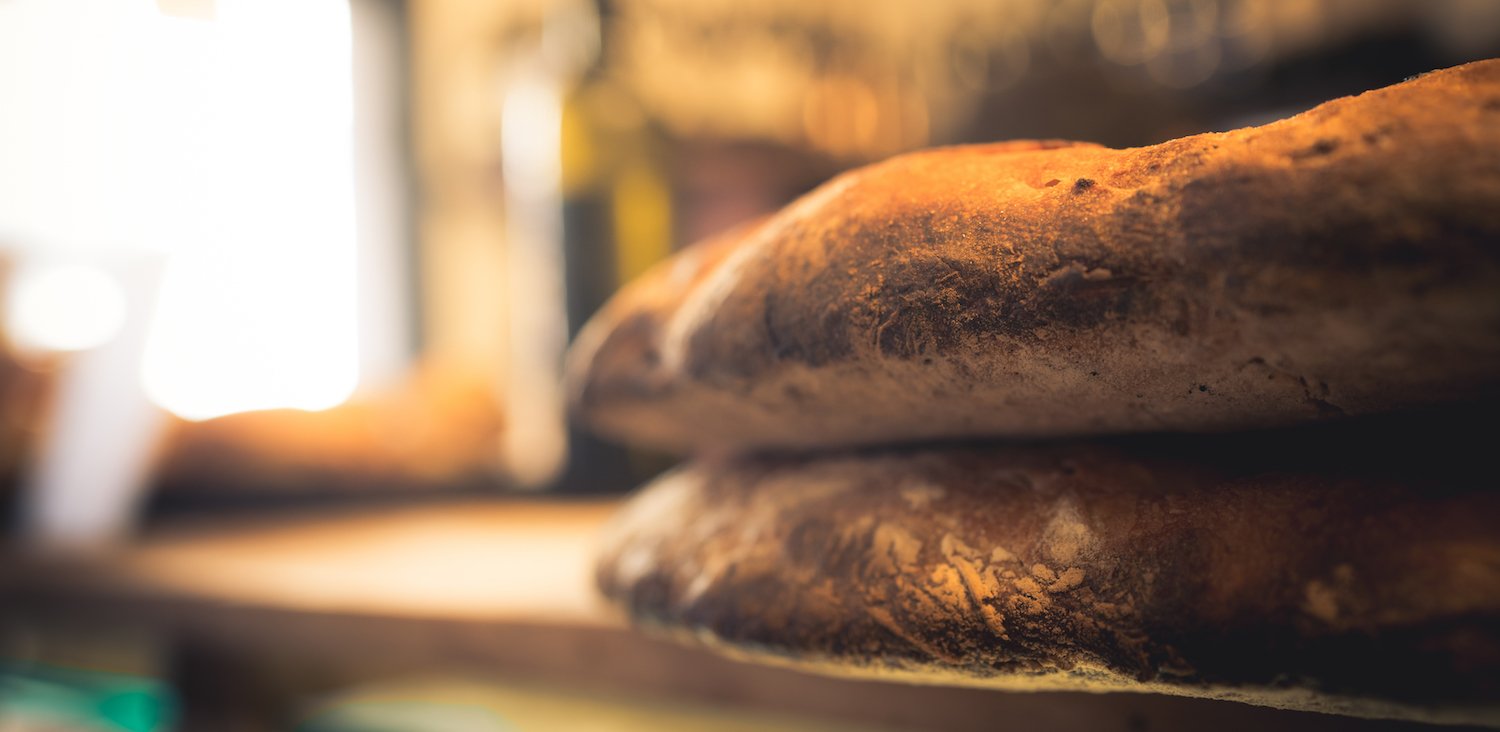
- The International Kitchen
- Blog
- Best of Tuscany: Traditional Tuscan Dishes
Best of Tuscany: Traditional Tuscan Dishes
-
-
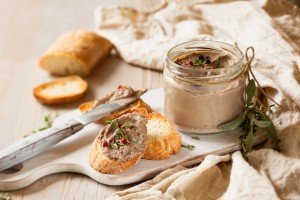 What traditional Tuscan dishes will you find on our best of Tuscany culinary vacations and cooking tours?
What traditional Tuscan dishes will you find on our best of Tuscany culinary vacations and cooking tours?
Traditional Tuscan dishes tend to be hearty peasant fare rich in breads, beans, and olive oil. Examples of Tuscan dishes are:
- Ribollita
- Pappa al Pomodoro
- Panzanella
- Crostini di Fegato
- Cecina
- Lampredotto
- Schiacciata
- Trippa
- Cantucci
- Castagnaccio
 Ribollita is perhaps my favorite Tuscan dish. We joke in the office that Tuscan food does not photograph well, and that is especially true of ribollita. A soup so thick it is cooked down basically into mush, it sure doesn’t sound appetizing. But it’s absolutely perfect on a cold day, the flavors of the cannellini beans, bread, Lacinato kale, and other vegetables combining into a perfect winter dish.
Ribollita is perhaps my favorite Tuscan dish. We joke in the office that Tuscan food does not photograph well, and that is especially true of ribollita. A soup so thick it is cooked down basically into mush, it sure doesn’t sound appetizing. But it’s absolutely perfect on a cold day, the flavors of the cannellini beans, bread, Lacinato kale, and other vegetables combining into a perfect winter dish.
Pappa al pomodoro is thick soup made from tomatoes, bread, olive oil, and garlic. It can include other ingredients, but these are the basics. Served hot, cold, or room temperature, it’s a staple in Tuscan restaurants throughout the region.
Browse all our cooking vacations in Italy.
Panzanella is a Tuscan bread salad made from stale bread. (The Tuscans as you can see have historically been adept at repurposing stale bread to make the most of it!) Traditionally a summer dish, it includes tomatoes and sometimes onions or cucumber and of course plenty of olive oil and vinegar.
Crostini di fegatini are toasted bread slices (“crostini”) topped with a liver (“fegato”) spread. The main ingredient is chicken liver, but most recipes will include also either capers or anchovies. You can find many different toppings for crostini in Tuscany, but none so traditional as the fegatini.
Cecina is a flat Tuscan pancake made from chickpea flour, water, olive oil, and salt. Its flavors are as simple and as pure as its ingredients, and it is traditionally made in a special round, flat pan (a bit like a paella pan), preferably in a wood burning oven, and is sprinkled with salt, olive oil, and sometimes rosemary. It hails from Tuscany’s western coast.
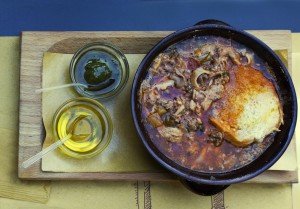 Lampredotto is made from the fourth stomach of a cow – yikes! It’s typically braised for a long time and served on a roll. Think the Tuscan version of a Chicago-style Italian beef sandwich!
Lampredotto is made from the fourth stomach of a cow – yikes! It’s typically braised for a long time and served on a roll. Think the Tuscan version of a Chicago-style Italian beef sandwich!
Sciacciata literally means “flattened” or “smashed” and is a traditional Tuscan flatbread. Unlike cecina, it is made with wheat flour. It is very similar to another famous Italian bread, focaccia.
Trippa alla fiorentina is a traditional Tuscan dish made from tripe, which comes from the stomach of a cow (usually the first or second). It is cut into strips and stewed with tomatoes for a long time. You’ll find it served in a sandwich on the streets of Florence, but also served as its own dish with the bread on the side.
 Cantucci (or cantuccini) are what we call “biscotti” – those hard, sliced, almond-y cookies that people like to dip in coffee. In Tuscany, however, you can dip them in Vin Santo at the end of the meal for a true Tuscan experience. Learn how to make them in the video below:
Cantucci (or cantuccini) are what we call “biscotti” – those hard, sliced, almond-y cookies that people like to dip in coffee. In Tuscany, however, you can dip them in Vin Santo at the end of the meal for a true Tuscan experience. Learn how to make them in the video below:
Read about vin santo in the blog.
Castagnaccio is another traditional Tuscan dessert, usually found it the fall season. Like cecina and schiacciata it is made from a type of flour (here chestnut flour, which is also used for the Tuscan crepes known as necci), water, and olive oil. But unlike the other two, castagnaccio also has pine nuts, walnuts, and raisins.
What about bistecca alla fiorentina? This famous Tuscan dish – a super thick T-bone steak – is delicious and well worth eating while you are in Tuscany. But most tradition Tuscan dishes have modest roots, and the bistecca alla fiorentina is an extravagance!
And of course, in the end there is no real “Tuscan” cuisine, as what you find in the Maremma will vary a lot from what you’ll find in the Chianti Senese. But you (and your tastebuds) can explore your way through Tuscany on our best of Tuscany culinary vacations and culinary tours and taste all of the varieties!
Sign up to Receive Our Newsletter
As well as travel tips, promotions, and information on our best cooking vacations.
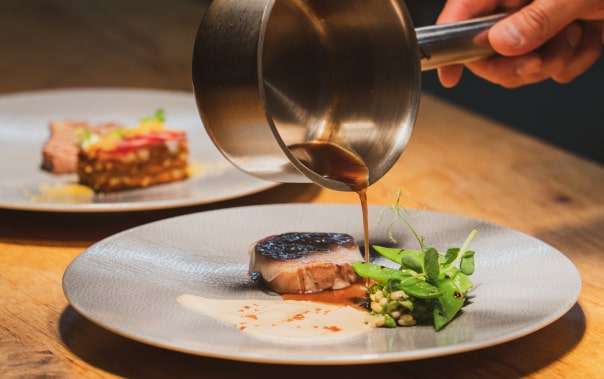
blog
Related Blog Posts
recipes

